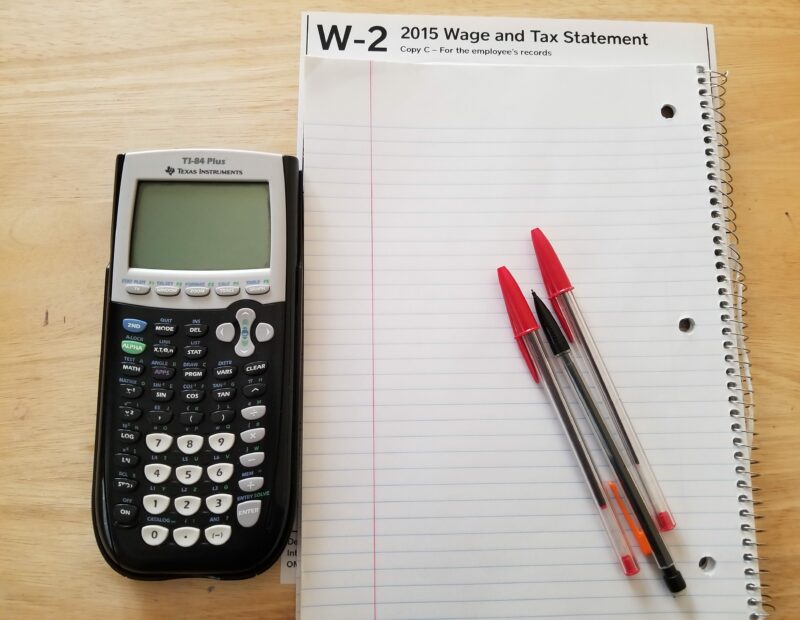Monetary responsibility is more than putting five out of your $20 monthly allowance, at least that’s what I learned in summer school when I took Personal Finance.
It’s one of the few things I remember from that class. It’s a great course that actually gives students valuable information and real world skills that young people need in adult life. The teacher I had was knowledgeable about financing and money. I had friends around me who made the subject fun to study and participate in. To my surprise, I enjoyed the content. There was something about preparing to be a grown-up that enticed me.
That being said, I remember little of what I learned during summer school. I know to budget monthly and annually for spending so that you live within your means, and to diversify investments so as to lower risk.
I don’t know much beyond that, however.
I completed all the assignments, did fairly well on all the assessments and took notes during lectures. But four weeks during the summer between a student’s sophomore and junior year is not an adequate amount of time to effectively instruct teens on how to be smart with their money. Even with a theoretical perfect teacher, the course is still hilariously compressed disabling kids abilities to effectively absorb the information.
Personal finance lessons are desperately needed by today’s generation of students; 69 percent of Americans have less than $1,000 in their savings account, according to a recent survey by GoBanking. Without a good chunk of change set aside, most Americans are living paycheck to paycheck financially vulnerable to a large unforeseen expense like a car accident or an injury. Michael Hardy, certified financial planner, says Americans lack of emergency funds is due to many living beyond their own means, which is only further enabled by the utility of credit cards and other cashless payment methods.
“It doesn’t matter if they are making $30,000 per year or $300,000 — people don’t seem to know how to spend less than they make,” Hardy said.
This issue many americans are facing is easily managed through proper budgeting and financial planning, a skill we learn in personal finance.
If today’s adults can’t lead by example then we must learn for ourselves the art financial literacy. But that’s easier said than done. While 89 percent of K-12 teachers agree that students should take a financial education course, fewer than 20 percent reported feeling “very competent” in the fields of the curriculum-income, careers and planning and money management-according to the National Endowment for Financial Education (NEFE).
This issue goes beyond just proper training of teachers. Personal finance is only a one semester course. There are no advanced or second-year courses to take after the introductory course. Personal Finance throws a lot at you in a short amount of time, but learning how to manage a budget takes time. Repetition and practice is key in education. Additional courses in personal finance need to be offered and required throughout various semesters of K-12 education.
Furthermore, there should be specialized tutors and open hours that students can visit staff to ask questions about the course and frequently asked finance questions. One of the courses could even assist junior and senior year students in filling out Federal Student Aid forms and help scout additional scholarships for future education.
What was your experience like in Personal finance? Let us know in the comments below!
Categories:
Personal finance needs a follow up course
March 3, 2019
2
0
Tags:
More to Discover















































































Audrey • Mar 21, 2019 at 1:37 pm
This was a really awesome piece! I am taking the online Personal Finance course soon, and I was wondering how I would receive all the necessary information in such a short period of time. Definitely agree with your last point on making more opportunities available to students.
Audrey • Mar 18, 2019 at 2:53 pm
I found this editorial very interesting and agree with your last idea about offering more resources and assistance to students.